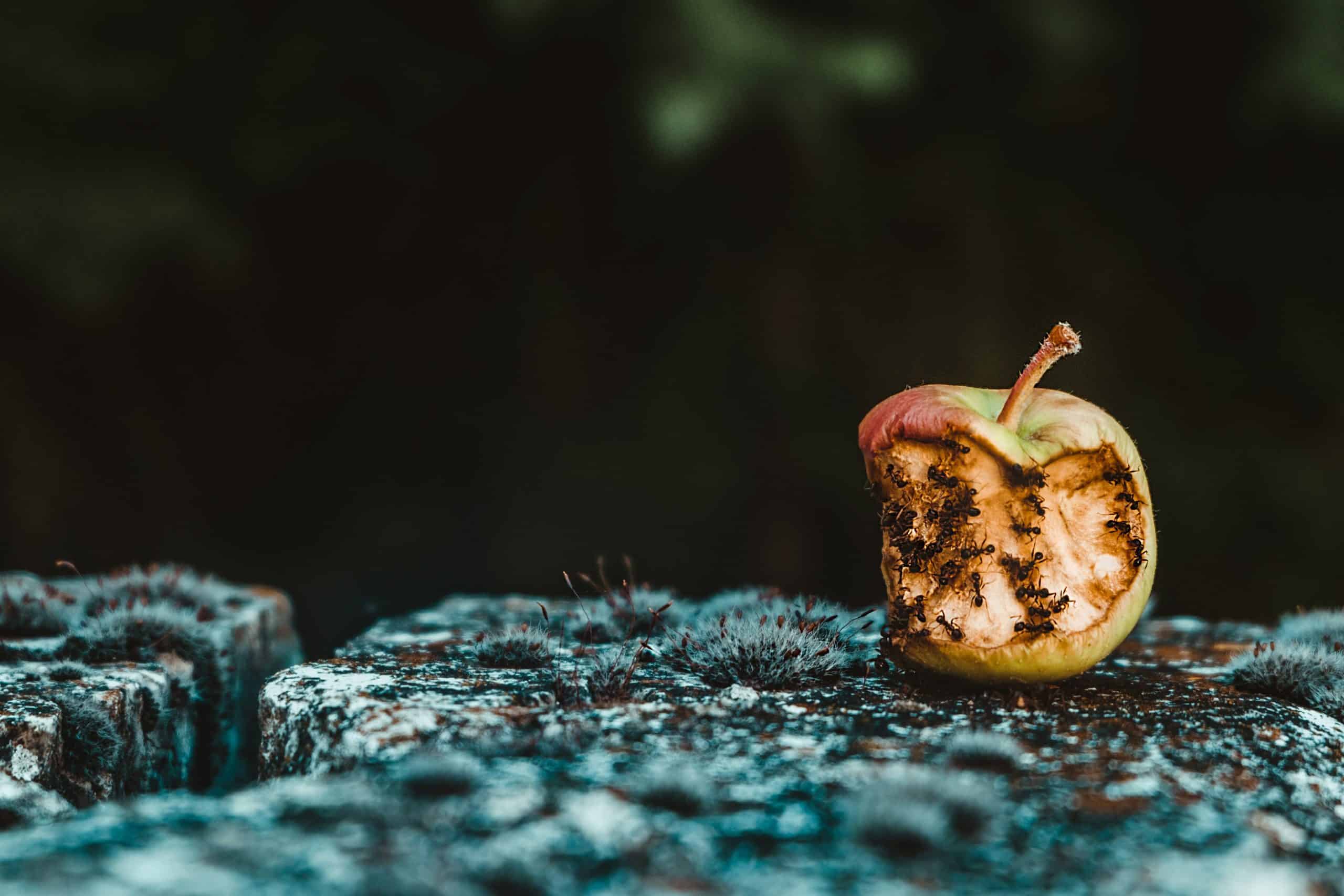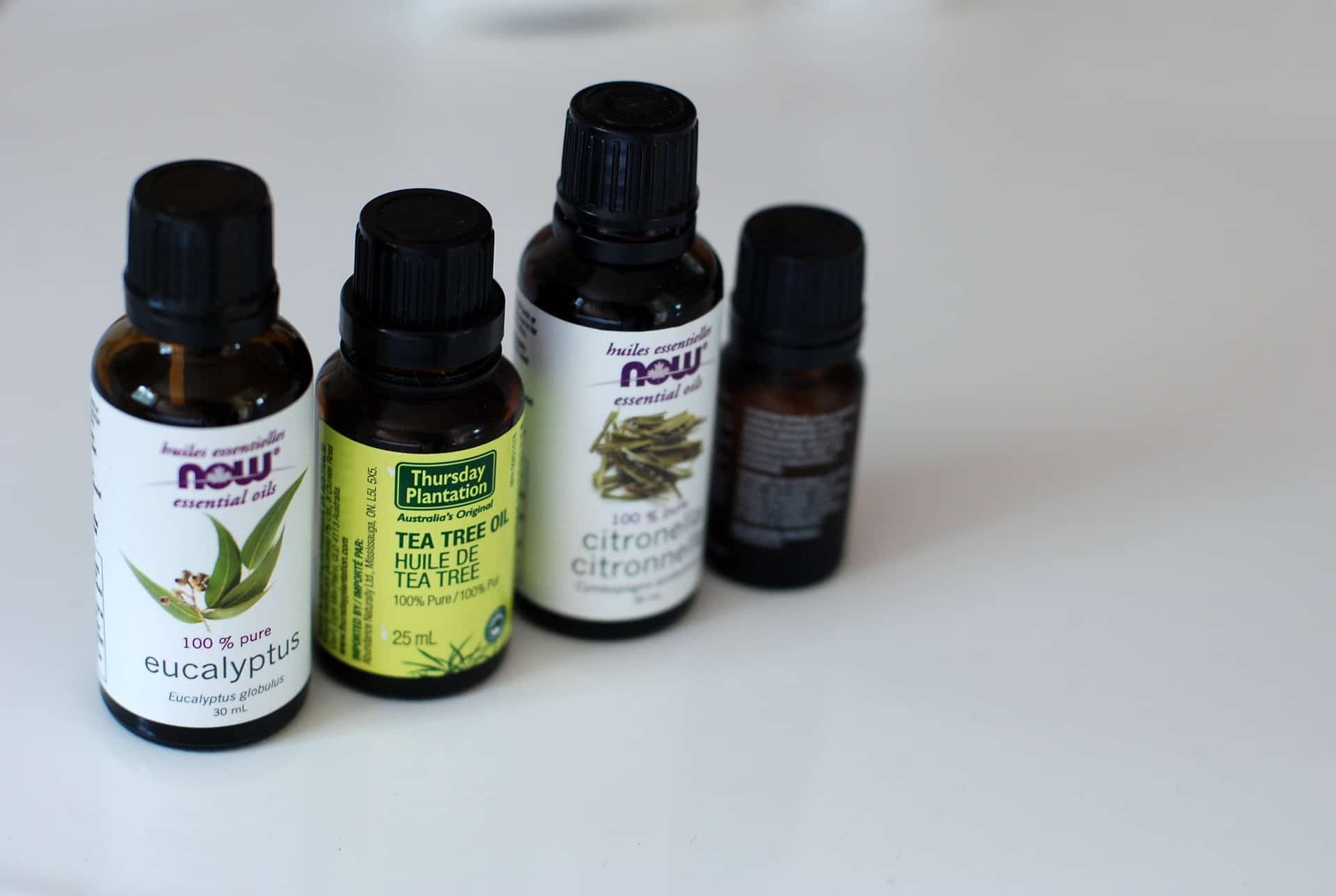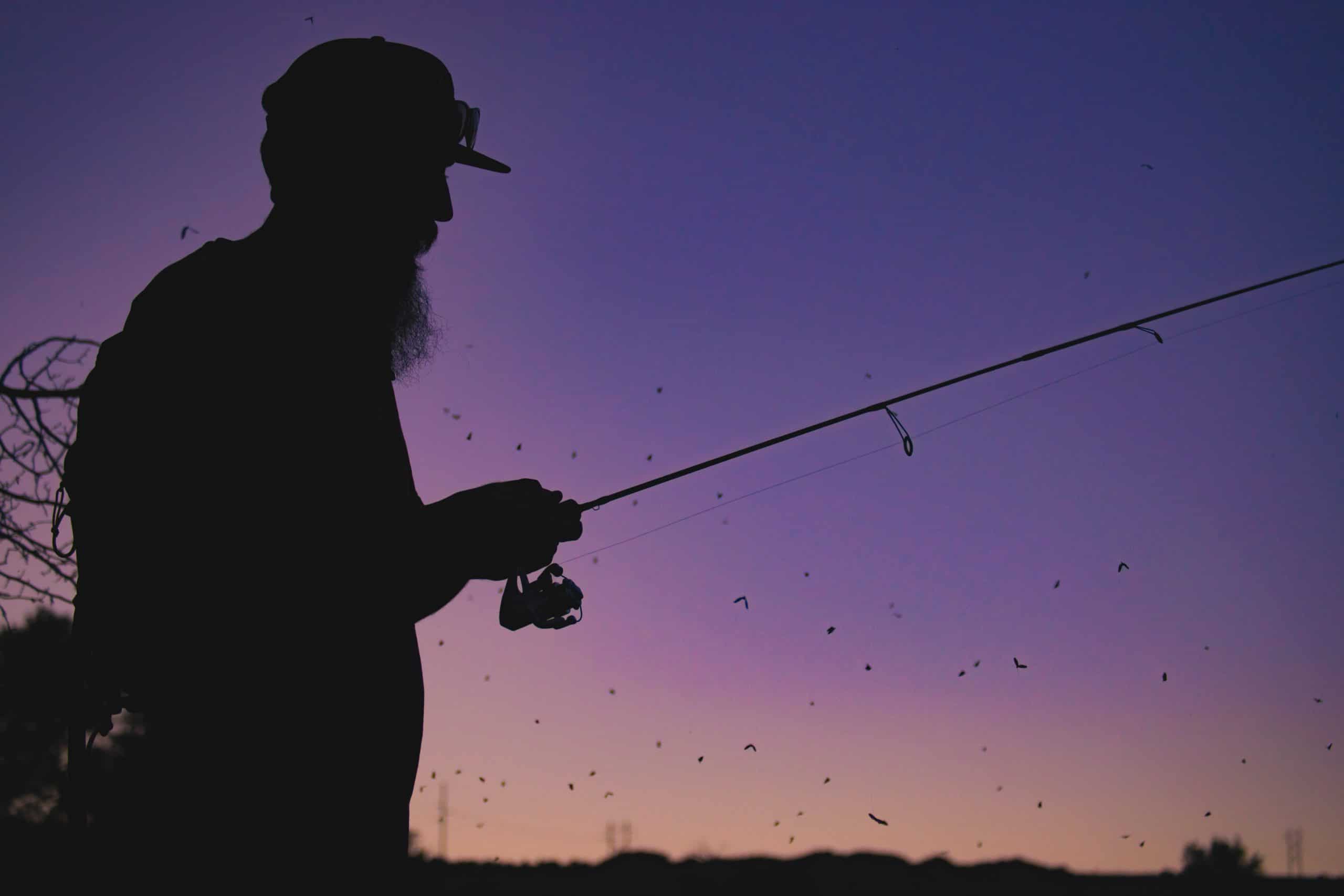Yellowstone National Park is one of the most incredible destinations in the world. You can read all about it in Lonely Planet Yellowstone & Grand Teton National Parks.
At about 3500sq miles and with diverse plants and animals, bugs make a good part of the park’s wildlife. One quality of such outdoors is the sound of various bugs as they buzz about in the park. While hearing them is cool, getting their stings and bites is a different experience.
Do you need bug spray in Yellowstone National Park? It is recommended to use Bug spray in Yellowstone National Park to keep away mosquitoes and other bugs. The bugs include ticks, biting flies, bees, wasps, and ants that bite and sting. Bug spray covers your body scent and repels bugs to keep them from finding your skin.
In this article, I have described in detail the bugs in Yellowstone National park. I have also explained why you need bug spray in the park. Lastly, I have shared tips that will help you to avoid attracting bugs.
Are There Mosquitoes in Yellowstone National Park?
There are mosquitoes in Yellowstone National Park, especially near the lakes, rivers, and streams. Their activity peaks in the dark hour from evening to dawn. The number of mosquitoes in many parts of the park increases in May and June. This is due to an increase in stagnant water in the park brought by snowmelt.
Mosquitoes need water in which to lay eggs. Also, they do better in warm and humid weather. This is why mosquitoes in Yellowstone National park thrive in spring and summer. First, the temperature is warmer. Next, the warmth leads to the melting of snow, which flows down, hence creating breeding areas.
Mosquitoes also lay eggs in soil depressions where water may collect. The eggs can survive for years waiting for water to hatch.
Fun Fact: Did you know that a female mosquito continues to lay eggs for the rest of its life after mating only once? It can lay up to 500 hundred eggs in a single brood and continue to produce as many as ten broods.
Something else that a female mosquito needs in order to breed are blood. This is why mosquitoes bite. Unfortunately, as they bite, mosquitoes can transmit diseases. Examples include West Nile Virus, Zika virus, Dengue fever, and chikungunya.
Are There Bugs in Yellowstone National Park?

According to Yellowstone Science, mosquitoes and other insects such as flies and ticks that inhabit Yellowstone. The bugs feed on blood, which they get by biting their hosts, including humans. Wasps, bees, sawflies, and ants are also present, but they only sting when you provoke them.
I have given details of each of these bugs below:
Biting Flies
Are there flies that bite in Yellowstone?
There are various species of flies that bite in the park. Examples include horse flies, deer flies, snipe flies, horn flies, and stable flies. The most common ones are horse flies and deer flies.
Biting flies don’t usually transmit diseases. Yet, their bites are painful and can trigger allergic reactions in some people. Rarely, though, deer flies cause a bacterial infection called tularemia or ‘rabbit fever.’
In Yellowstone, deer flies and horse flies are common in damp places and forested areas. The females are the biters as they feed on blood and need it to lay eggs. The flies do well in warm weather, so they increase in summer (June-August).
Horse flies and deer flies are most active between 10 a.m. and 4 p.m.
Besides heat, they follow movement, carbon dioxide, and shiny surfaces.
Ticks
Are there ticks in Yellowstone?
There are various types of ticks in Yellowstone. The most common types are the winter tick and the Rocky Mountain wood tick.
The winter tick attacks large animals such as moose, elk, and bison but not humans. The Rocky Mountain wood tick gets on your clothes or skin, bite, and remain attached to your skin until you remove it.
The Rocky Mountain wood ticks pass diseases such as tularemia, and Rocky Mountain spotted fever. In Yellowstone, these ticks are active from mid-April to mid-May.
You are likely to encounter them in meadows. Examples in Yellowstone include Sentinel Meadow, Firehole Meadow, and Imperial meadow. They are also common in areas with bushes and grass within the park.
Bees, Wasps, Sawflies, and Ants
The bugs in Yellowstone National Park include a variety of bees, wasps, sawflies, and ants. They are all classified into the order of Hymenoptera.
Out of these, sawflies pose no harm to humans as they don’t sting. For this reason, they have earned the name stingless wasps.
Bees and wasps, on the other hand, will sting when provoked. In Yellowstone, bees and wasps are active in summer (June-August). They are attracted to wildflowers that reach full bloom in the season. Also, they are especially attracted to sugar and anything that smells sweet or flowery.
Unless you go bothering them, bees and wasps will not attack you. A sting from both insects, in most cases, does not lead to complications. It may cause pain, swelling, redness, and itching. However, in people who are allergic to stings, a bee or wasp sting can become life-threatening. According to Healthline, while a bee stings only once, a wasp can sting multiple times.
Most ants will either bite or sting. Yet, only a few cause an unusual reaction in humans. Harvester ants and fire ant may, in some cases, trigger allergic reactions. In Yellowstone, the most common ant is the redwood ant or horse ant.
Ants move in large numbers in search of food. They will invade your campsite or picnic area if you happen to have some food crumbs lying around.
Unlike in Joshua Tree National Park, scorpions and spiders are rare in Yellowstone. Also, the few known species of spiders in Yellowstone are not venomous.
Why Do You Need Bug Spray in Yellowstone National Park?

Bugs in Yellowstone National Park can be a source of pain and discomfort. They are also capable of triggering allergies and transmitting various diseases. It would help if you had bug spray because it is an effective defense against these bugs.
So, how does bug spray work? Bug spray works by keeping bugs away from your skin. It works in two different ways:
- Covering up your scent so that bugs can’t find your skin. Mosquitoes and other bugs follow the carbon dioxide produced by your body to locate your skin.
- Producing a scent that repels bugs to discourage them from coming near you.
You can use bug repellent on either your skin or clothes. When you use it on your skin, bug spray gives you several hours of protection. On your clothes, the protection period is longer, depending on the active ingredient.
For bug spray to work well, it contains the following EPA-Registered active ingredients (which means the United States Environmental Protection Agency has approved them for use):
- DEET – the most popular active ingredient in Bug Repellent
(OBS! It’s what I use and recommend) - Citronella oil
- Picaridin – a synthetic form of piperine
(black pepper plants produce piperine) - Lemon eucalyptus oil
When using Bug spray, it is essential to note the following:
- You only need to use bug spray on exposed areas of the skin
- You should keep bug spray away from your eyes, ears, mouth, and hands
- Don’t spray on wounds or broken skin
- Only apply bug spray when outdoors to avoid inhaling it
- As soon as you don’t need it, wash off bug spray from your skin.
The video below visually presents the above information. It also gives you step by step instructions on how to use bug spray properly.
How to Protect Yourself From Mosquitoes and Other Bugs in Yellowstone National Park
So far, we have established that bug spray is effective against mosquitoes and other bugs. Still, you can use bug spray in combination with other measures. It helps to put as much distance as possible between you and bugs. I have shared some handy tips below:
- Use bug spray according to label instructions and reapply as needed.
- Fill up any water pools and drain water containers in and around your campground to discourage mosquitoes from breeding.
- Keep fruits, juices, sodas, and other sweet foods covered as they attract bees, wasps, and ants.
- Do not leave any food leftovers or crumbs lying around in your campsite or picnic area. They will attract ants, and once they rot, they attract flies.
- Wear long, light-colored clothing from evening to dawn when mosquitoes are more active.
- When you are hiking in Yellowstone, stick to trails and avoid places with bushes and long grass. This is where ticks and mosquitoes hide.
- Whenever it is possible, stay indoors from evening to morning. Did you know that you can sleep in your car in Yellowstone?
- Avoid using trails frequently used by animals. They have larger numbers of ticks.
- Keep checking yourself and any pets for ticks.
Final Words
Bug spray protects you from the pain and discomfort of bug attacks in Yellowstone National Park. While getting on, remember to check if the product contains EPA-registered active ingredients. Such bug sprays are not only effective, but they are also safe to use on your skin.
Related: A Complete US National Park List


